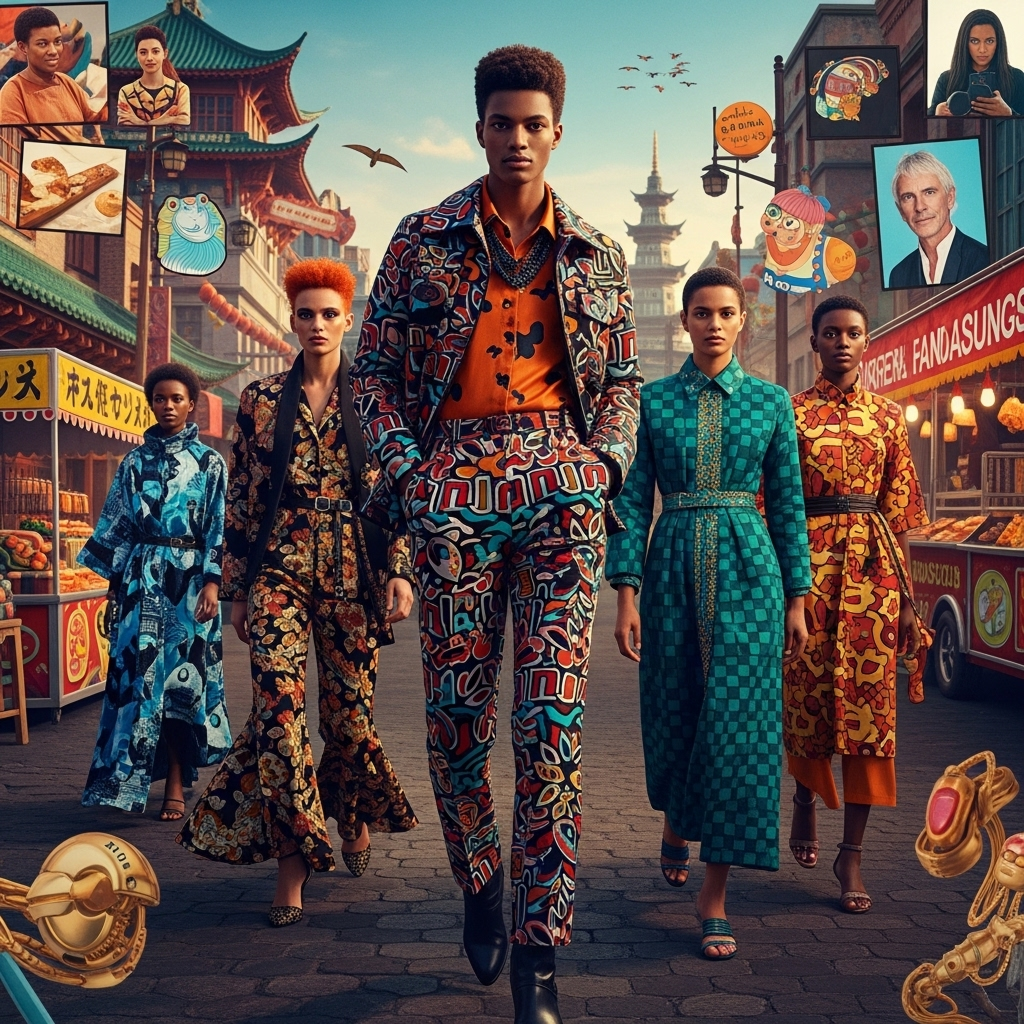
Fashion and Culture: An Intricate Relationship
Fashion and culture are inextricably linked, influencing each other in profound ways. Fashion is not simply a reflection of aesthetic preferences but is deeply rooted in cultural practices, societal norms, and historical contexts.
From ancient times, fashion has been an integral part of culture. In ancient civilizations, clothing served not only as a means of protection but also as a symbol of social status and identity. For instance, in ancient Egypt, the use of linen, favored for its breathability in the hot climate, was often adorned with elaborate jewelry and intricate patterns, signifying wealth and power. Pharaohs and the elite wore elaborately decorated garments, often dyed in vibrant colors, while common people wore more simple and practical attire.
Each era has its distinct style that reflects the prevailing values, beliefs, and social structures of its time. For example, the Renaissance period saw a return to classical garment shapes and an emphasis on the beauty of the human form. The Victorian era was characterized by long dresses, cinched waists, and modesty. The 20th century witnessed rapid transformations in fashion, from the flapper dresses of the 1920s to the rebellious styles of punk rock and the diverse expressions of street style today.
Fashion can also be a powerful tool for cultural identity. Traditional garments, such as the áo dài of Vietnam, the kimono of Japan, or the sari of India, are significant symbols of each nation’s culture and history. They are not merely clothes but works of art, demonstrating the craftsmanship and refinement of their creators.
Modern fashion is influenced by a myriad of cultures. Globalization has led to a cross-pollination of cultures, resulting in diverse and unique fashion styles. Designers often draw inspiration from various cultures, blending traditional elements with contemporary aesthetics.
Fashion can also serve as a medium for social and political messaging. Throughout history, fashion has been used to express dissent, advocate for social movements, and assert individual identity. For example, the hippie movement of the 1960s used loose and free-flowing clothing to protest traditional values.
In essence, fashion and culture share a reciprocal and intricate relationship. Fashion both reflects and shapes culture, serving as a powerful medium for personal expression, conveying messages, and connecting with the world around us.



Add comment